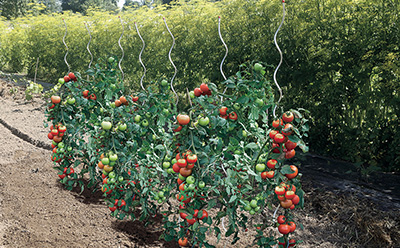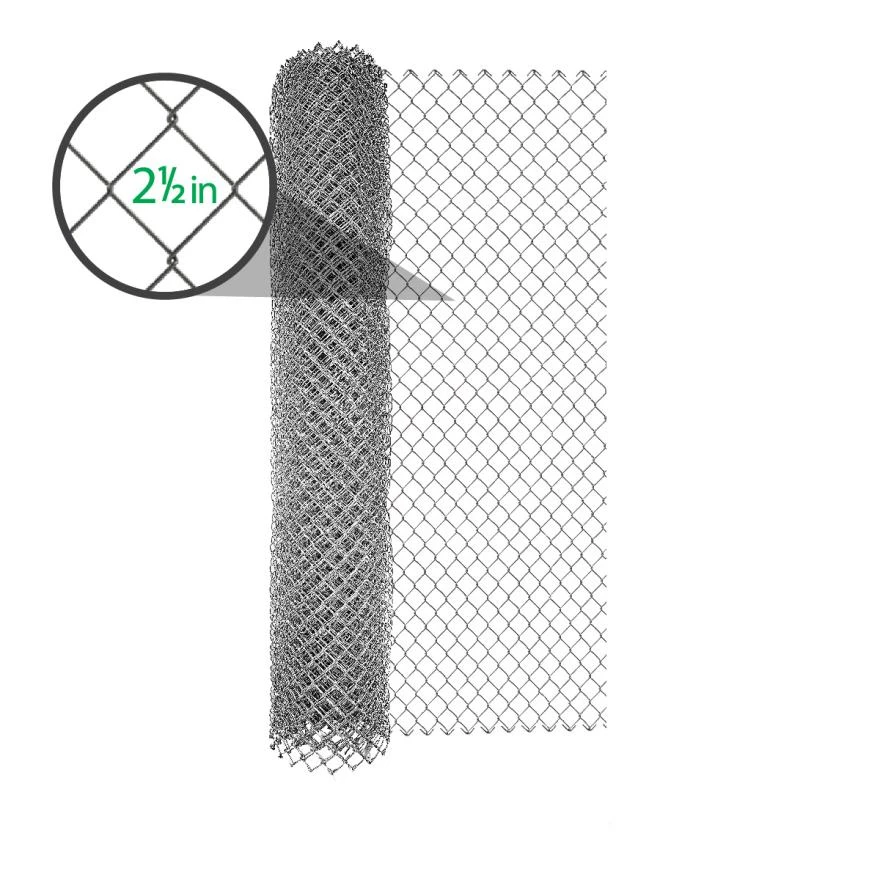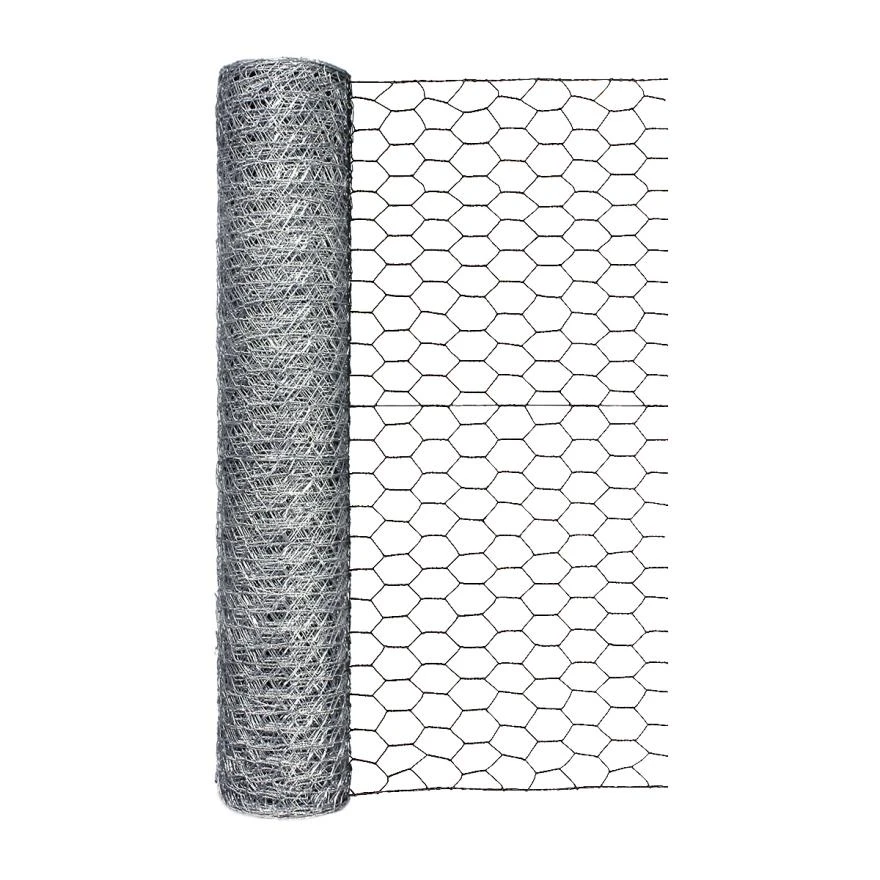Trellis Solutions for Supporting Indeterminate Tomato Plants in Your Garden
Set . 29, 2024 01:00
A Comprehensive Guide to Trellising for Indeterminate Tomatoes
Growing indeterminate tomatoes can be a rewarding adventure for home gardeners and commercial growers alike. These varieties continue to grow and produce fruit throughout the season, requiring optimal management to ensure they reach their full potential. One critical aspect of growing indeterminate tomatoes is trellising, which not only helps maintain the health of the plants but also maximizes fruit production and aids in pest management. This article explores the importance of trellising, various trellising methods, and best practices for cultivating indeterminate tomatoes.
Understanding Indeterminate Tomatoes
Indeterminate tomatoes are characterized by their continuous growth pattern, producing fruit until killed by frost. Unlike determinate varieties, which grow to a certain height and produce all their fruit at once, indeterminate tomatoes can grow 6 to 12 feet tall or more. This vigorous growth necessitates a sturdy support system, making trellising essential.
Benefits of Trellising
1. Improved Air Circulation Trellising keeps plants off the ground, enhancing airflow around the foliage. This reduces humidity levels in the leaf canopy, minimizing the risk of fungal diseases such as blight and powdery mildew.
2. Increased Sun Exposure By elevating the plants, trellising allows for better light penetration, which is crucial for fruit ripening and overall plant health. This increased exposure can lead to higher yields and better-quality fruit.
3. Easier Maintenance Trellised tomatoes are easier to prune, water, and harvest. Gardeners can access the fruits without having to dig through dense foliage, making the process more efficient and less labor-intensive.
4. Pest Management Keeping plants off the ground can deter certain pests that thrive in soil, such as slugs and snails. Additionally, it makes it easier to spot and treat pests and diseases early on.
Popular Trellising Methods
Several trellising methods are commonly used for indeterminate tomatoes
trellis for indeterminate tomatoes

1. Stakes A simple and effective method involves driving a sturdy stake (typically 6 to 8 feet tall) into the ground next to each plant. As the tomato plant grows, it is tied to the stake using garden twine or soft cloth, allowing for support as it reaches upward.
2. Cages Tomato cages are another popular solution. These cylindrical structures provide support from all sides, allowing the plants to grow through the openings. While cages are easier to set up, they may require larger space, especially for sprawling varieties.
3. Treeline This method utilizes a series of horizontal wires strung between posts. The plants are trained to grow up the wires, which provides excellent support. This system not only supports taller plants but also allows for easy access during maintenance.
4. Vertical Gardening Systems Some gardeners opt for more advanced vertical gardening systems that utilize climbing structures, such as ladder-like setups or vertical frames. These systems maximize space and can be particularly effective in small gardens or urban settings.
Best Practices for Trellising Indeterminate Tomatoes
1. Choose the Right Support Select a trellising method based on your garden size, local climate, and the specific variety of tomatoes you choose. It's crucial to use sturdy materials that can withstand the weight of the plants and potential wind.
2. Regular Maintenance As your tomatoes grow, they will require consistent tying and pruning. Regularly check the attachments, ensuring they are firm but gentle enough not to damage the stems.
3. Timing of Trellising Install your trellis or supports at the time of planting or shortly after. This helps acclimate the plants to the support system and encourages them to grow upwards from an early stage.
4. Watering and Soil Care Ensure your tomatoes receive adequate water and nutrients to support their vigorous growth. Soil should be well-draining, as excessive moisture can lead to root rot and disease.
In conclusion, trellising is an essential practice for cultivating indeterminate tomatoes, providing numerous benefits that enhance plant health, fruit quality, and ease of maintenance. Whether you choose stakes, cages, or more advanced systems, the right support will ensure your indeterminate tomatoes thrive, providing you with a bountiful harvest throughout the growing season. Happy gardening!









 Unity
Unity Creation
Creation Challenge
Challenge Contribution
Contribution










